| Autres Noms | Lames perforantes, coupe-entaille perforateur |
|---|---|
| Lieu d'Origine | Chine |
| Application | Plastique, papier, carton, non-tissé, film, feuille, étiquettes, ruban adhésif, textile, emballage, tapis, sacs, noyaux, caoutchouc, rouleaux |
| Matériau | 65Mn,9CrSi,Cr12MoV,SKD-11,HSSl |
| Numéro de Modèle | CV-PK |
| Service OEM | Disponible |
| Conditions de Paiement | L/C, T/T, Western Union |
| Emballage | Boîte en Carton, Caisses en Bois |
| Délai de Livraison | 7-20 Jours |
Partager sur :
Une lame perforante, également appelée lame de perforation, lame perforée ou scie cloche dans certains contextes, est un outil de coupe spécialisé conçu pour créer une série de petites entailles ou trous dans un matériau, laissant des sections intactes. Cela permet de déchirer ou de séparer facilement le matériau le long de la ligne perforée. Le terme « perforer » lui-même implique l'acte de percer une ligne de trous ou de déchirures dans un matériau afin de le rompre facilement. Dans les applications industrielles, les lames perforantes sont essentielles pour créer des faiblesses contrôlées dans des matériaux à diverses fins, de l'emballage aux produits en papier.
Les lames perforantes sont largement utilisées dans de nombreux secteurs industriels grâce à leur capacité à créer des lignes faciles à déchirer. Parmi les applications courantes, on peut citer :
Le choix du matériau pour un lame perforante Cela dépend du matériau à découper et des exigences de l'application. Les matériaux courants sont :
Le choix d'un matériau approprié garantit que la lame perforante conserve son tranchant et offre des performances constantes tout au long de sa durée de vie. Des revêtements comme l'oxyde noir peuvent également être appliqués pour améliorer la résistance à l'usure et faciliter la détection de l'usure.
Lames perforantes Ils se présentent sous différentes formes et configurations pour obtenir différents motifs de perforation et différentes actions de coupe. Voici quelques formes courantes :
Le principe de fonctionnement d'une lame perforante consiste à appliquer une pression sur le matériau en des points précis ou le long d'une ligne, créant ainsi une ou plusieurs entailles. La géométrie de la lame, notamment les dents et le tranchant, détermine la longueur et l'espacement des perforations. Pour les lames rotatives, la rotation continue assure une perforation uniforme tout au long du parcours du matériau. Le rapport « coupe-liage » est un paramètre essentiel, définissant la longueur de l'entaille et le matériau non coupé restant, ce qui détermine la facilité de déchirure et la résistance du matériau perforé avant séparation.
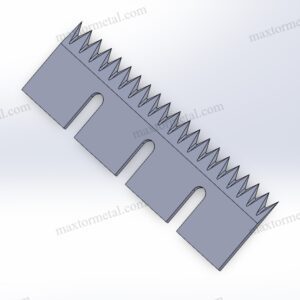

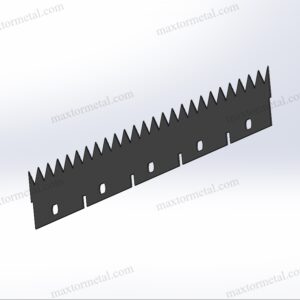
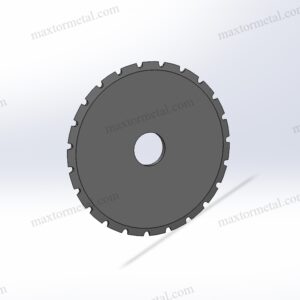
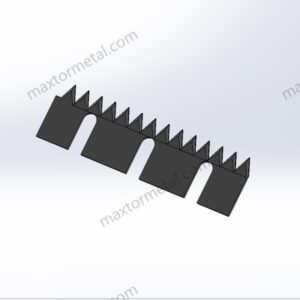
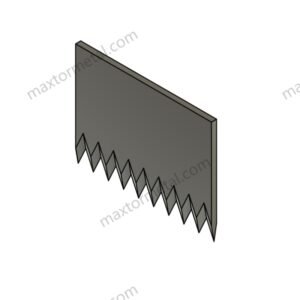
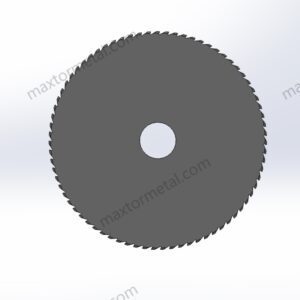

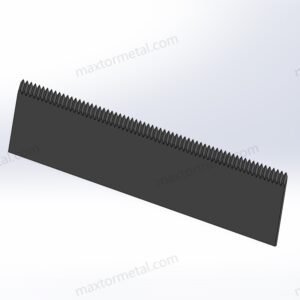
Profitez de la commodité d'une importation fluide. Du transport au dédouanement, nous gérons l'ensemble du processus. Il vous suffit de payer la TVA et d'attendre l'arrivée de vos marchandises.
Nous avons vu nos lames exceller dans d'innombrables applications et sommes prêts pour tout projet que vous nous confierez. Attendez-vous à la précision, à la durabilité et à des prix compétitifs inégalés.
Que vous fournissiez des dessins, des croquis ou des échantillons, nous pouvons concevoir et fabriquer pour vous. Nous avons également la capacité d'aider à modifier les conceptions et spécifications existantes pour améliorer presque toutes les applications d'outillage industriel. Veuillez contacter notre équipe de vente dédiée pour discuter de vos besoins spécifiques.
Une série de tests et d'inspections sont effectués pour contrôler la qualité, incluant l'inspection du premier article, l'inspection des matériaux entrants et les matériaux certifiés, l'inspection qualité en cours de production, et l'inspection qualité finale.
Que vous soyez un importateur, un distributeur, un grossiste ou un utilisateur final, nous vous accueillons. Bénéficiez de faibles quantités minimales de commande (MOQ), de demandes sans tracas et d'une plus grande liberté d'achat.
Considérez-nous comme votre moniteur exclusif. Nous vous fournirons régulièrement des mises à jour sur chaque étape cruciale de votre chaîne de production. Quelle que soit la distance, vous aurez un aperçu en temps réel de l'avancement de votre produit.
Nanjing Metal Industrial CO., Limited
Mingjue Industrial Park, Lishui, Nanjing, Jiangsu, China
Restez informé de nos dernières actualités.